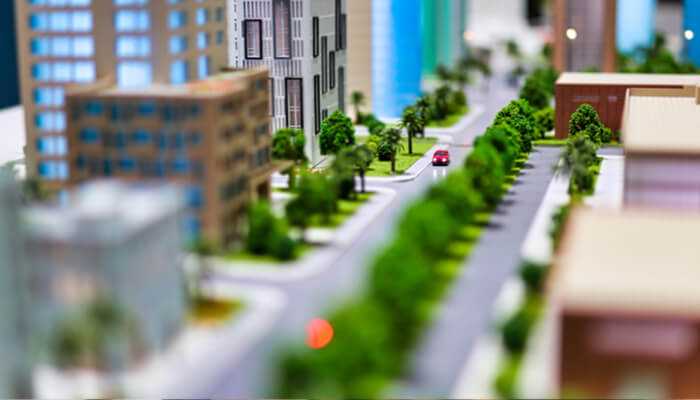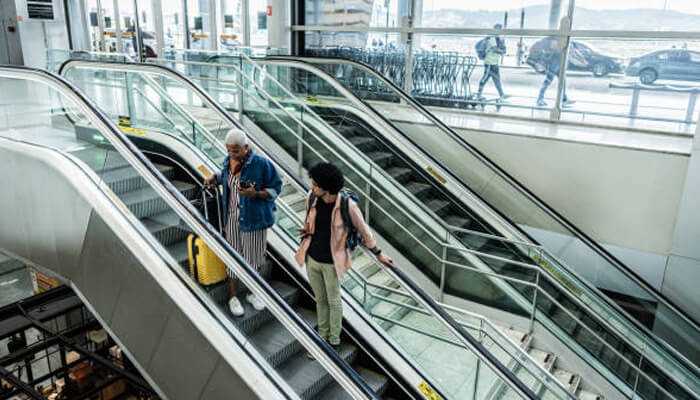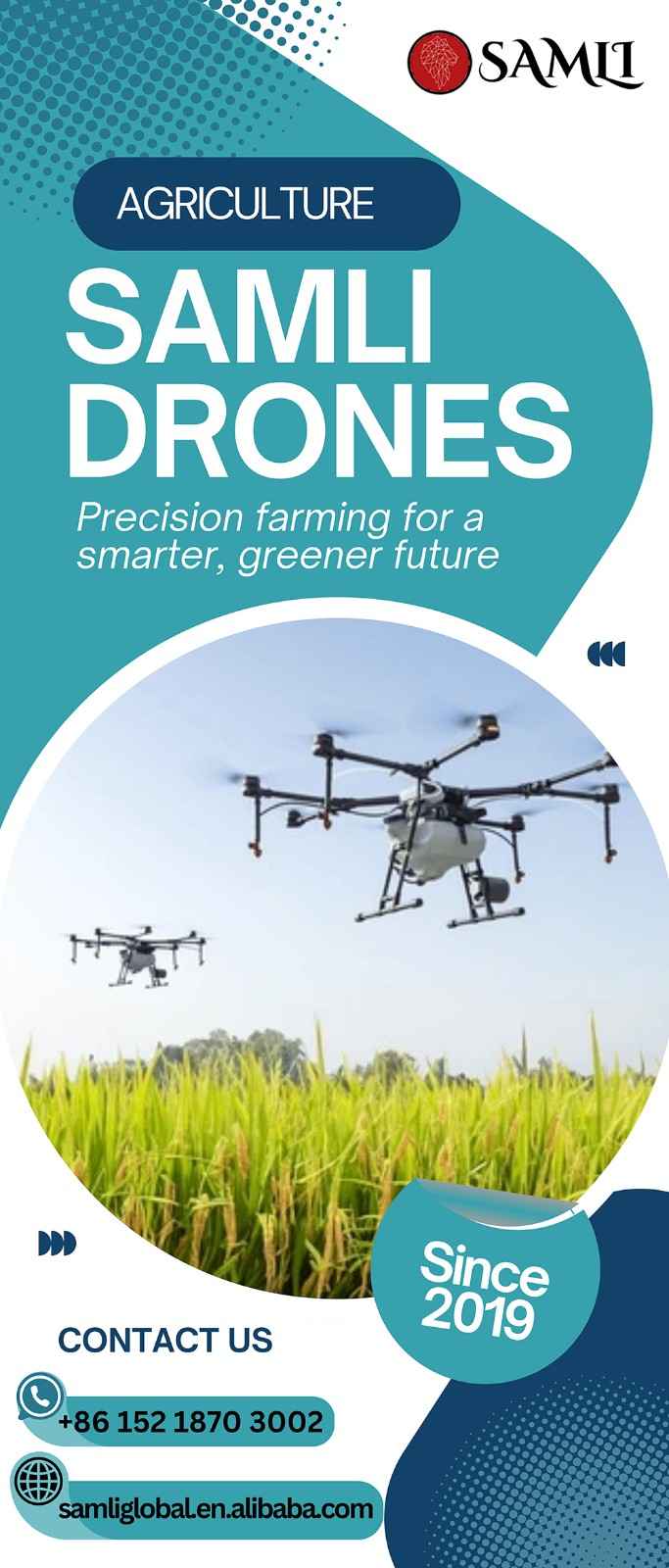Why Private Sector Involvement Is Key to Sustainable Cities
Cities are expanding fast. More and more people are moving to urban centres every year, and our population keeps growing. Population growth on its own isn’t as big of an issue as rapid urbanization is. More people in the city means overcrowding, so much traffic, and fewer resources for everyone to go by. A sustainable solution to this problem is making sure no resources are wasted, and everything is energy-efficient. Sustainable urban solutions can play a key role here. It’s not just on the government.
Cities are dominated by increased privatization, and the private sector needs to play its part, too. Let’s consider overcrowding or population density. The government can have mandates for buildings, but it doesn’t control everything – for example, every leading elevators company in Dubai is just as responsible for making sure our high-rises are sustainable and safe to handle the amount of traffic going into them on a daily. Similarly, construction companies need to work with energy-efficient building materials and designs, ensuring that skyscrapers aren’t just taller but also optimized for natural ventilation and insulation.
High-Rises? More Like High Maintenance: Sustainable Urban Solutions for Skyscrapers
Skyscrapers are some of the central features of Dubai. This city prides itself on having some of the best architectural marvels in the world, which are visited by 1000s of tourists every day. Obviously, they’re really costly as well. And I’m not just talking about building them. Sure, that’s a one-time cost. What really sucks the city dry is the effort that goes into maintaining them. And our biggest challenge these days is just how much energy they need. Air conditioning, lighting, and elevators all run nonstop, making high-rises some of the biggest contributors to urban electricity consumption.
Elevators, for instance, suck up so much energy because they’re literally running 24/7. But with smart elevators, that can be countered. Innovations have led to new AI-powered lift systems that can predict when and where people will need a lift, adjust speeds, and reduce unnecessary trips. Energy regeneration technology converts braking power into usable electricity. Some buildings are even testing solar-powered lifts, making lifts almost carbon-neutral
These updates aren’t just about sustainability. Yes, they conserve energy, but they also make your day-to-day life so much easier. You don’t have to wait hours, and there are lower operational costs and, therefore, lower maintenance fees for your buildings and systems that adapt to real-time demand. When every second counts in a city, a smarter elevator really keeps everything moving.
Public Transport Can Be More Energy Efficient: Sustainable Urban Solutions for Transit Hubs
Malls, metro stations, and business centres get thousands of visitors every day and are a huge part of city life. Take metro stations. They’re one of the best ways to cut down on traffic and fuel use in a growing city.
Public transport is one of the most sustainable ways to move people. But ironically, many metro stations and bus terminals run on outdated energy systems, making them just as polluting as the cars they’re supposed to replace. Most of their infrastructure runs at full capacity, even when it doesn’t need to. Take escalators, for example.
For years, escalators in these stations ran on a fixed schedule, burning through electricity whether people were using them or not. Now, things are shifting. Motion sensors slow them down when no one’s around. Regenerative braking captures energy that would otherwise be wasted. Even handrails now use LED lighting instead of older, power-hungry systems.
In a single metro station, these changes add up. Less energy use, longer-lasting systems, and lower maintenance costs. This shift is happening wherever escalators are used – in airports, train stations, you name it! And you may not see it at the moment, but it’s making everyone’s life easier for years to come.
People Without Cars Also Count as Traffic: Sustainable Urban Solutions for Pedestrian Flow
You see, traffic doesn’t just mean so many cars jammed on one road. Pedestrians also count. And in places which frequent a lot of users every day, like the metro station or the airport, or even business centres, there can sometimes be an influx so large it’d be difficult to walk.
We’ve seen travelators in every airport in the world, but why should they be just for airports? The point of them is to ensure smooth, quick, and hassle-free movement from one place to another, and there are so many areas that can benefit from them! You see, they don’t contribute to traffic, and they also use much less energy than traditional transport options.
They’d be godsent in horizontally large places, like metro stations or even malls! I know it might seem a little alien to some of you right now. But that’s what sustainability is all about – alien ideas for a better future!



